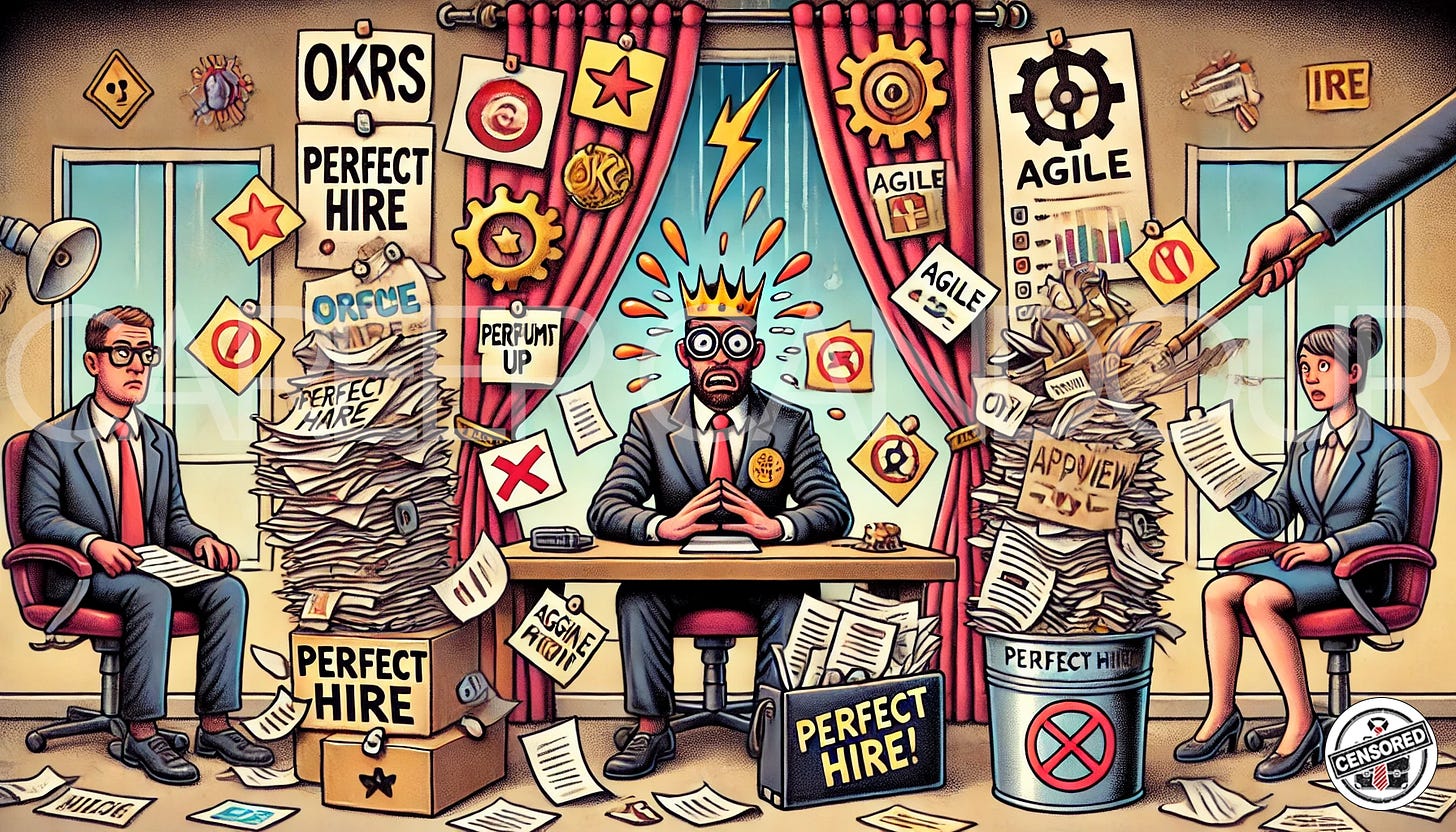Hiring for Characteristics Instead of Traits Is a Great Way to Hire the Wrong Person
Most hiring decisions fail because we mistake characteristics for traits. Learn why your org keeps hiring the wrong people and how to fix it.
Today’s talent acquisition strategy has evolved into a curious mating ritual with executives, founders, and panels alike scanning candidates for signs of cultural compatibility, linguistic familiarity, and vague “executive energy.” It’s less an evaluation of substance and more an anthropological study in buzzword mimicry.
We’ve reduced hiring to a glorif…
Keep reading with a 7-day free trial
Subscribe to Career Candour to keep reading this post and get 7 days of free access to the full post archives.



